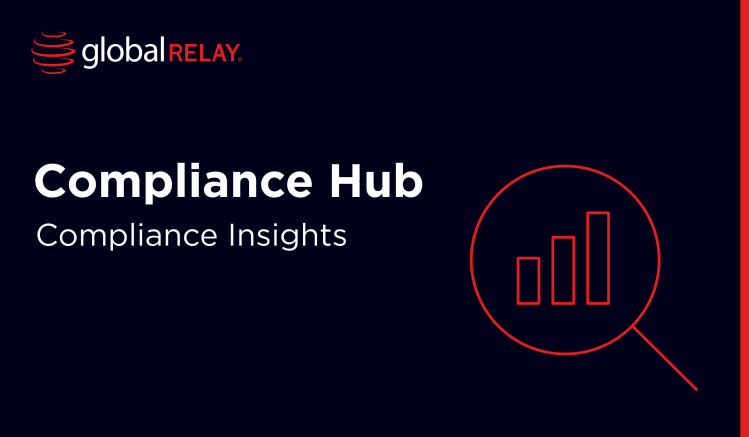
AI-Enhanced Third-Party Risk Management in the Financial Sector
In 2025, we all know of the benefits AI can bring. But when it comes to heavily regulated industries, introducing AI can blur the lines of compliance. It often leaves IT and marketing battling against compliance and risk departments to find the right balance between efficiency and operational risks.
Written by a human
New AI third-party risk management (TPRM) tools may bring benefits to everyone. Automating vendor risk management solutions, enhancing risk visibility, and monitoring third-party risks on a continual basis are all possible with today’s technology.
Explore the potential B2B SaaS TPRM solutions and use this article to figure out which tools may best suit your organization.
How to use AI in vendor due diligence?
Current use cases for AI in vendor due diligence include automating vendor screening, real-time risk monitoring, and ongoing monitoring.
Automating vendor screening
Vendor screening requires an administrative review for due diligence, security, and data privacy checks and regulatory compliance alignment. With the ability to automate each of these tasks using AI, vendor screening has the potential to become far less manual without forcing onboarding partners to compromise on oversight.
Administrative review for due diligence
While we have thankfully moved past the old school frantic highlighting of financial statements, administrative reviews of company and financial records are still not as efficient as they could be. Plus, relying on humans to complete these tasks can lead to mistakes, causing follow-on effects to data analysis and subsequent strategic business decisions.
AI can enhance admin reviews by:
- Collecting data from various sources and platforms into one place
- Processing vendor information with natural language processing (NLP)
- Standardizing the data for easy review and comparison
- Automating the transfer of external data into internal systems
- Using pattern analysis to flag suspicious activity for further review
Security and data privacy checks
Automating security and data privacy checks with B2B SaaS TPRM solutions can provide enhanced threat protection, ensuring that the data that passes between your business and third parties is always secure. This includes:
- Data encryption
- Access controls
- Data Processing Agreements to define responsibilities, and ongoing audits to ensure they are met
- Software code reviews and scans to catch security flaws
Using AI to perform these checks can be cost-effective, bringing increased visibility over vulnerabilities, but without requiring the human resource costs it takes to complete them.
Regulatory compliance alignment
Many companies are surprised that regulatory compliance can be automated, especially because of the focused, continuous oversight required. In actual fact, relying on machine learning to complete the brunt work can provide a more comprehensive alignment to regulatory compliance, reducing the risk of fines and penalties.
This is particularly relevant for companies that are regulated under the Digital Operational Resilience Act (DORA), because this regulation focuses on oversight across third party risk management. The third of five DORA pillars asks that regulated firms only partner with third parties of the same security standards, in order to prevent vulnerabilities across the supply chain.
In the US, the SEC Reg S-P regulation was updated in 2024 to require incident response plans. It now means that firms that suffer from a data breach, even if it was the fault of a third party, must have a distinctive plan to notify the affected individuals.
Global Relay is one example of a platform that can check for compliance alignment. Our Communication Surveillance reveals any suspicious, potentially non-compliant communications in real-time, enabling you to internally investigate before the auditors are called in.
Real-time risk detection with AI analytics
Real-time risk detection with AI shifts risk management from reactive to proactive, helping firms to make data-driven decisions and stay ahead of regulatory action. It works through:
- Continuous monitoring: collect broad streams of data, from various sources, to be standardised and analysed in real-time
- Predictive analytics: AI risk scoring will take a number of factors to determine the likelihood and impacts of future events
- Natural language processing: used to scan communications from documents to text messages to understand sentiment and flag risks
AI is already playing a huge role in identifying potential vulnerabilities in vendor ecosystems and will continue to grow as it is tested and trusted. Gartner’s 2023 research found that 80% of organizations had deployed their own generative AI or relied on a third-party AI platform, and this has only grown in the subsequent years.
Using AI for ongoing supplier maintenance
AI for ongoing supplier maintenance looks like monitoring performance metrics and automating parts of vendor communications. This enables companies to effectively maintain relationships with their suppliers – including hard-negotiated discounts – without manual calculations and data entry.
By enhancing supply chain visibility with AI, companies can:
- Perform spot ‘health checks’ with performance scoring
- Verify and enrich documentation like tax forms and certifications
- Map out the supply chain, including dependencies and high-risk areas
What are the AI adoption challenges in third-party risk management?
The biggest challenges for AI adoption in third-party risk management relate to data integration, regulatory alignment, and oversight.
Data integration
Data integration challenges are typically a result of contextualisation issues. The tech can’t quite understand the language that it reads, because it’s either taking the word meanings on an individual basis or because it’s missing the tone – AI can be too literal.
But when teams choose AI platforms that don’t meet their tech requirements, it leads to frustration and further inefficiencies. That’s why it’s important to consider the tech that underpins each AI platform, because they’re not all made equal.
For example, Global Relay’s surveillance harnesses language detection, optical character recognition and sentiment analysis to convert calls and messages into manageable data. This then streamlines the communications review process, making it easier to spot discrepancies or flags that may need further investigation.
Regulatory alignment and oversight
Challenges relating to regulatory alignment often arise when firms are unclear on their AI usage and boundaries. In particular, enhanced TPRM platforms can clash with regulatory teams when they can’t answer the question: “How did the AI come to its decision?”.
Accountability is key, and while many AI algorithms operate in a black box environment, regulators need to see the reasoning behind the decisions. Therefore, firms can overcome this challenge in one of two ways:
- By working with an AI engine for TPRM that’s completely transparent in its decision-making
- By working with an AI TPRM that is rules-based like Global Relay, enabling your firm to have control over the level of risk and types of red flags in the results
AI is strengthening TPRM in finance
With progress in vendor screening, real-time risk detection, and ongoing supplier monitoring, it’s clear that AI is generating a new and efficient third-party risk management function. Many firms in financial services are already exploring these tools, but with the pressure of regulators looming, it can be difficult to take the leap.
For secure, scalable vendor risk management, Global Relay’s AI-powered compliance tools can aid your vendor risk management. With context-based alerts, compliance teams will no longer wonder why particular messages have been flagged, providing an easy explanation for each alert raised to clarify where the potential risk lies.
Book a demo to learn more about how Global Relay can suit your individual compliance needs.
